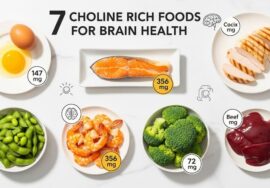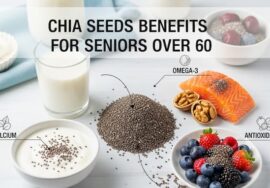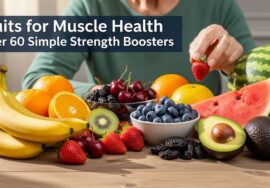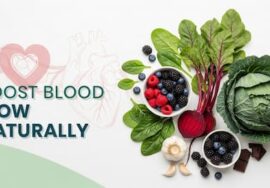Past sixty, it’s normal to feel legs tire sooner and recovery take longer. The fix isn’t fancy powders or pricey meal plans. It’s a cart full of cheap everyday foods that deliver the protein, minerals, and “muscle signals” your body needs to rebuild after each walk, stretch, or squat. This guide keeps it simple: budget groceries, clear reasons, and easy ways to use them—built for U.S. seniors.
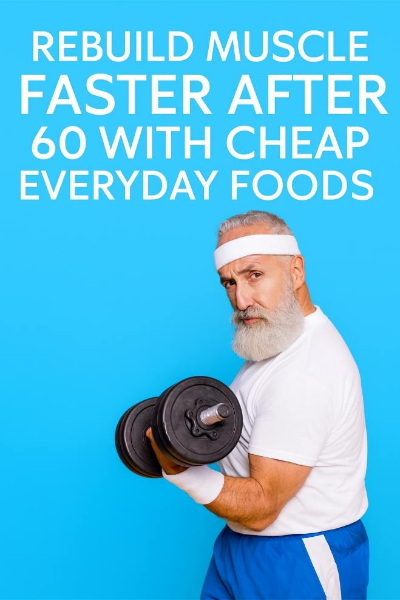
Table of Contents
- Why Muscle Loss Speeds Up After 60 (and What Food Can Do)
- A Real-World Example: Arnold Schwarzenegger’s Budget-Friendly Shift
- Cheap Everyday Foods That Help Seniors Rebuild Muscle
- Build-a-Plate: A Simple, Low-Cost Day of Eating
- Light Strength Plan for Stronger Legs (No Gym Needed)
- Smart Grocery Tactics That Keep Costs Low
- Safety Notes for U.S. Seniors
- FAQs
1) Why Muscle Loss Speeds Up After 60 (and What Food Can Do)
With age, the body responds less strongly to small amounts of protein—a phenomenon often called anabolic resistance. The workaround is straightforward: enough total protein, leucine-rich foods (leucine is a key amino acid “switch” for muscle building), vitamin D and calcium for muscle and bone, and steady movement. Put another way: eat a little smarter and move a little more, and the rebuilding machinery turns back on.
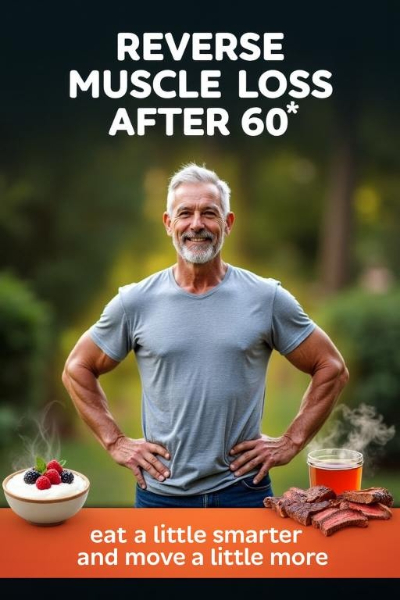
2) A Real-World Example: Arnold Schwarzenegger’s Budget-Friendly Shift
In recent years, Arnold Schwarzenegger—well into his seventies—has talked openly about dialing back expensive, heavy meat-centric eating and leaning more on simple, plant-forward staples (think beans, oats, and veggies) alongside daily walking and resistance work. You don’t need his movie budget to apply the lesson: affordable protein + regular strength moves still builds muscle after 60. (General background: NIH—Healthy Eating • ACSM—Older Adult Exercise Basics)
3) Cheap Everyday Foods That Help Seniors Rebuild Muscle
Eggs
Why: High-quality protein, rich in leucine; the yolk adds vitamin D and choline.
How to use: Two eggs with sautéed greens; or hard-boiled “egg-and-apple” snack.

Greek Yogurt or Cottage Cheese
Why: Dense protein per spoonful; calcium for bone strength; easy on dental issues.
How to use: Greek yogurt + oats + berries; cottage cheese on whole-grain toast.
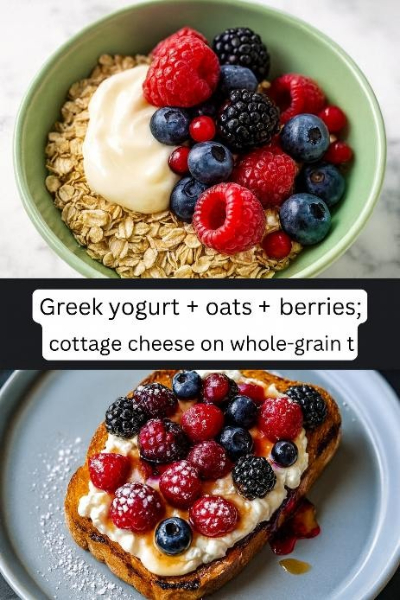
Beans & Lentils
Why: Protein, fiber, iron, and potassium at a fraction of the cost of most meats.
How to use: Lentil soup, bean chili, or beans tossed into pasta and salads.

Canned Tuna & Sardines
Why: Protein + omega-3s for muscle recovery and joint comfort.
How to use: Tuna with mustard and celery on whole-grain crackers; sardines on toast with lemon.
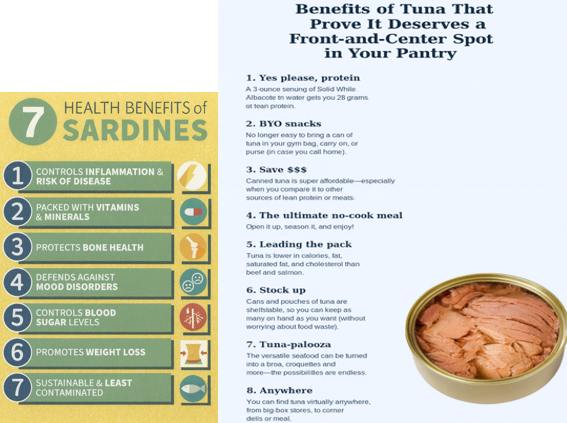
Oats
Why: Low cost, steady energy, sneaky protein, and great with add-ins.
How to use: Overnight oats with milk powder mixed in; stove-top oats with peanut butter.
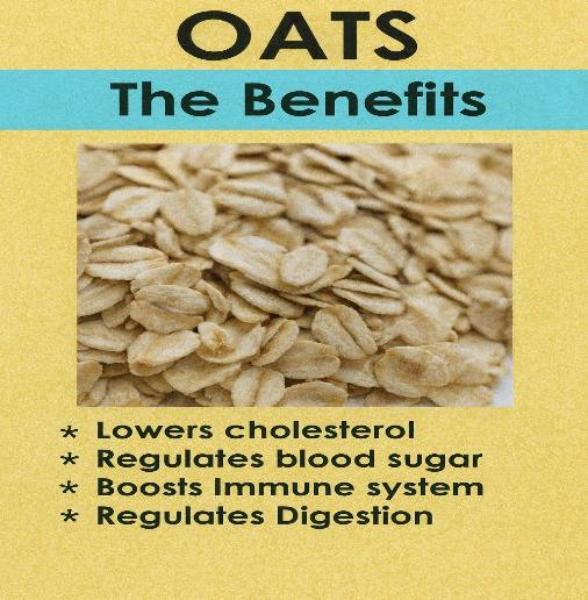
Peanut Butter & Peanuts
Why: Inexpensive calories and protein; easy to keep down if appetite is low.
How to use: PB on toast post-walk; banana + PB for a quick protein-carb combo.

Tofu & Soy Milk
Why: Complete plant protein; soft texture for easy chewing; soy milk boosts shakes.
How to use: Stir-fry tofu with frozen vegetables; soy milk + oats + banana shake.

Potatoes (with the skin)
Why: Potassium for cramp control; pairs well with protein for post-exercise recovery.
How to use: Baked potato + cottage cheese; skillet potatoes with eggs.

Frozen Veggie Mixes
Why: Same nutrients as fresh, often cheaper, no waste.
How to use: Microwave a cup and fold into eggs, rice, or soups for a protein-friendly side.
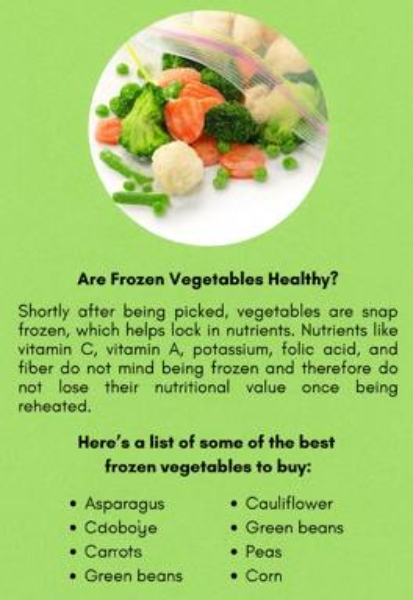
Chicken Thighs (skinless)
Why: Often cheaper than breast; solid protein; works in soups and stews.
How to use: Slow-cook with beans and tomatoes; shred for tacos or rice bowls.
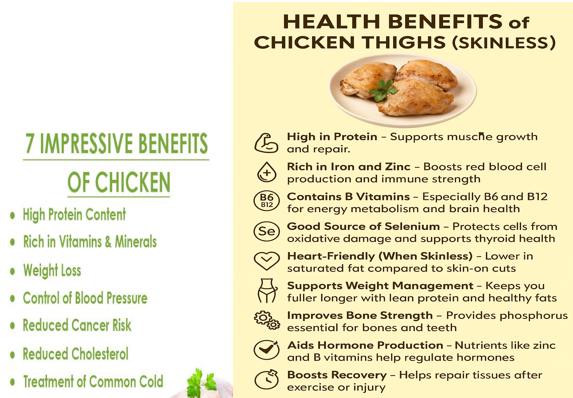
Powdered Milk “Protein Booster”
Why: Quietly raises protein in oats, soups, mashed potatoes, and coffee.
How to use: Stir 2–3 tablespoons into oatmeal or mix into creamy soups.

4) Build-a-Plate: A Simple, Low-Cost Day of Eating
- Breakfast: Oats cooked in milk + 2 tbsp powdered milk, topped with banana and peanuts.
- Lunch: Lentil-veggie soup + whole-grain toast + Greek yogurt cup.
- Snack: Hard-boiled egg + apple slices.
- Dinner: Skinless chicken thigh chili with beans + baked potato (skin on).
- Evening: Cottage cheese with frozen cherries (thawed) or soy-milk cocoa.
5) Light Strength Plan for Stronger Legs (No Gym Needed)
- Sit-to-Stand: 3 sets of 6–10 reps from a chair (hands across chest if safe).
- Heel Raises at Counter: 3 sets of 10–15 slow reps; pause at the top.
- Step-Ups: 2–3 sets of 6–10 reps per leg on a low, sturdy step.
- Mini March + Balance: 60–90 seconds of gentle marching; then hold a countertop balance (10–20 seconds per leg).
(For broad safety and technique, see NIA Exercise & Physical Activity.)
7) Smart Grocery Tactics That Keep Costs Low
- Store brands: Often the same quality at lower cost.
- Buy frozen and canned: Beans, vegetables, tuna—nutritious and affordable.
- Batch cook: Chili, soups, and casseroles freeze well for fast protein later.
- Protein-first plate rule: Anchor each meal with a cheap protein, then add carbs and produce.
- Use “protein boosters”: Milk powder in oats, extra egg in pancake batter, beans added to pasta.
7) Safety Notes for U.S. Seniors
- Talk with your clinician if you have kidney disease, diabetes, heart conditions, or are on meds that affect potassium or fluid balance.
- Aim for protein at each meal and plenty of fluids—both make strength sessions more productive.
- If chewing or appetite is an issue, favor soft, high-protein foods (Greek yogurt, eggs, tofu, milk-based shakes).
8) FAQs
Q1. How much protein should I aim for after 60?
Many older adults do better spreading protein across the day—think a palm-sized portion at each meal. Your clinician or dietitian can personalize grams for you.
Q2. Can cheap plant foods rebuild muscle, or do I need meat?
Beans, lentils, soy, oats plus dairy or eggs can cover the bases. The win is total daily protein, not a single “perfect” food.
Q3. What’s a low-cost post-walk snack?
Greek yogurt with oats and peanut butter, or a banana with peanuts. Both deliver protein + carbs your muscles use right away.
Q4. Are eggs okay if I watch cholesterol?
Many adults include an egg a day within a balanced diet. If you have specific cholesterol targets, ask your healthcare provider.
Q5. I don’t like fish—how else can I get omega-3s cheaply?
Try ground flaxseed in oats or yogurt, or walnuts. Sardines are the budget fish option if you’ll eat them.
Q6. Is soy safe for seniors?
For most people, tofu and soy milk are nutritious, low-cost proteins. If you have thyroid or other conditions, check with your doctor.
Q7. Do I need protein powder?
Not necessarily. Milk powder, eggs, beans, and dairy are inexpensive ways to raise protein without specialty supplements.
Q8. What if I have dental issues?
Pick soft proteins (Greek yogurt, cottage cheese, tofu, scrambled eggs) and soups with lentils or shredded chicken.
Q9. How fast will I notice stronger legs?
With protein at meals and short strength sessions 3–4 days a week, many people feel change in 3–6 weeks.
Q10. Any truly cheap dinner ideas?
Yes: bean-and-chicken chili, lentil stew, tuna-and-veg rice bowls, tofu stir-fry with frozen veggies—all budget staples.
Q11. Are potatoes okay for seniors watching sugar?
Paired with protein (eggs, yogurt, chicken) and eaten with the skin, potatoes work well in a balanced plate.
Q12. What’s one small habit that pays off fast?
Add one protein-first food to every meal—egg, yogurt, tofu, beans, tuna. Consistency builds muscle, not perfection.
Sources & Further Reading (helpful, trusted)
- National Institute on Aging – Eating Well As You Get Older
- USDA MyPlate – Protein Foods
- Harvard Health – Protein: How Much Do You Need?
- ACSM – Exercise for Older Adults (Basics)
Further more helpful links:
What Herbs Are Best for Blood Pressure?
What Herbs Are Good for Healing
Most Fat Burning Exercises at Home
Bottom line: After sixty, cheap everyday foods—eggs, yogurt, beans, oats, tuna, tofu—plus a few simple leg exercises can rebuild muscle faster than you think. Keep it steady, keep it simple, and let your grocery cart do the heavy lifting.


